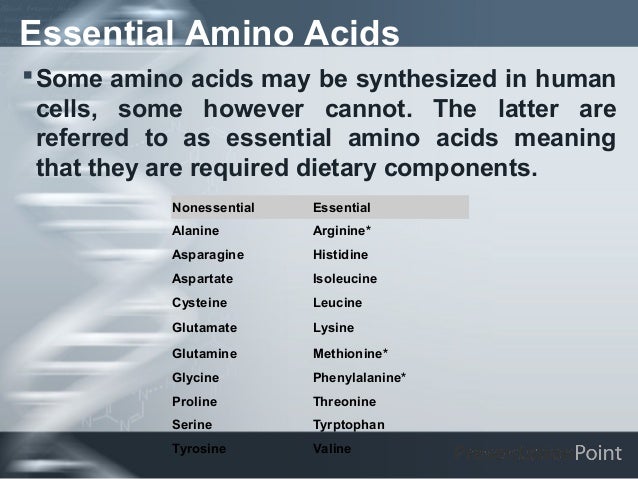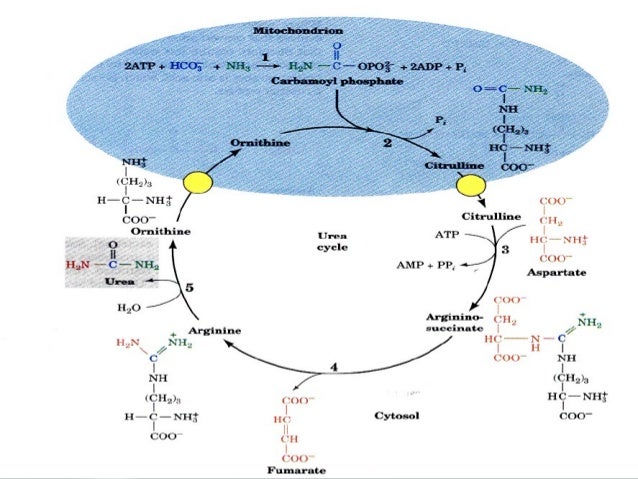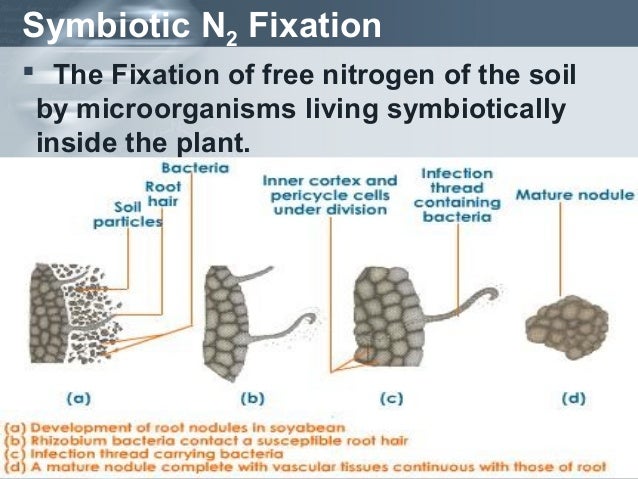wonderful knowledge sharing were going on under KSS with Shri jkp sir.

 The Nitrogen Cycle
The Nitrogen Cycle
Utilization of Nitrogen by Plants
Nitrogen Fertilizers and Crop Productivity
References:
Utilization of Nitrogen by Plants
Sources of N Input for Crop Production
Sources of nitrogen input for crop production including soil transformations and related plant conversions for crops that do and do not possess associative nitrogen-fixing systems (Hardy et al, 1975).

References:
Hardy RWF, Filner P, Hageman RH 1975 Nitrogen input. In (AWA Brown, TC Byerly, M Gibbs, A San Pietro eds) "Crop Productivity - Research Imperatives", Michigan-Kettering, pp. 133-176.
Nitrate uptake and reduction
Nitrate and ammonium transport


 N is the most abundant gas of the atmosphere. It is an important component of the amino acids & nucleic acids.
N is the most abundant gas of the atmosphere. It is an important component of the amino acids & nucleic acids.
Nitrogen Cycle Processes



 The Nitrogen Cycle
The Nitrogen Cycle
Almost all fertilizer N is synthesized from nitrogen and hydrogen gas by the Haber-Bosch process. About 2% of domestic natural gas consumption is used to manufacture fertilizer N, and of the energy required to produce the 3 major fertilizer nutrients, 87% is consumed in ammonia synthesis. Fertilizer N may represent one-third of the fossil-derived energy input for corn production in the U.S. (Hardy et al, 1975).
If farmers were to stop using fertilizer now, crop yields would drop during some years to a very low level, and many countries which today use substantial amounts of fertilizers and export agricultural produce would barely be in a position to feed their own population (Mengel, 1992).
The demand for fertilizer N cannot be completely covered by rotation with nitrogen-fixing leguminous species (such as clover or soybean) unless more than 40% of arable land was cultivated with leguminous species; thus, a substantial proportion of arable land would be used for the production of fertilizer N. This would be more expensive than industrial production (Mengel, 1992).
Hardy RWF, Filner P, Hageman RH 1975 Nitrogen input. In (AWA Brown, TC Byerly, M Gibbs, A San Pietro eds) "Crop Productivity - Research Imperatives", Michigan-Kettering, pp. 133-176.
Mengel K 1992 Nitrogen: agricultural productivity and environmental problems. In (K Mengel, DL Pilbeam eds) "Nitrogen Metabolism of Plants", Clarendon Press, Oxford, pp. 1-15.


The nitrate uptake system of higher plants consists of a constitutive, low affinity transport system (LATS) (possibly a carrier system or an anion channel), and an inducible, high affinity transport system (HATS) regulated by cellular energy supply, and by intracellular nitrate consumption, and whose activity depends on the proton electrochemical gradient. The latter system is regarded as an H+/anion co-transport carrier mechanism that produces transient plasmamembrane depolarization upon addition of nitrate. The depolarization is counteracted by the plasmamembrane H+-ATPase (Ullrich, 1992). The plasma membrane proton ATP-ase is induced by nitrate (Santi et al, 1995).

N is naturally converted to ammonia by lightning.
Chemoautotrophs: Bacteria that obtain their ATP energy by oxidizing inorganic molecules. (Examples: The bacteria that perform nitrogen fixation, nitrification & denitrification in the table below.
Nitrogen Cycle Processes
A. Nitrogen Fixation:
B. Nitrification:Conversion of atmospheric N2 into ammonia (NH3). Occurs by lightning, or bacteria in soil or roots of legumes.
Conversion of ammonia by bacteria first to nitrite (NO2) , then into nitrate (NO3). Requires oxygen in soil.
C. Ammonification:
Saprotrophs convert the amino & nucleic acids of dead organisms back to ammonia.
D. Denitrification:
Conversion of nitrate in water-logged (oxygen poor) soil back to atmospheric N2.
An abundance of inorganic nitrogen (as ammonia, nitrite or nitrate) creates problems within the environment as pollutants. During hot summers, the oxygen content of water decreases. Nitrogen remains as ammonia, which is toxic to creatures. In addition, the pH of water increases (ammonia is a weak base).
During cooler weather, an over abundance of nitrates or nitrites creates problems. Plants will use these nutrients to grow and reproduce, often forming algal blooms. If the oxygen content of the water is low, the algae and aquatic plants die creating a stinky mess, and potentially killing fish and other animals. The aquatic food chain thus collapses dramatically! Such overabundance and thus rapid death of algae due to nutrient pollution is known as eutrophication.
| Nitrogen Process | Bacteria | Location | Conversion |
|---|---|---|---|
| 1a) Nitrogen Fixation |
Azotobacter
|
Soil
|
N2 to NH3
|
| b) Nitrogen Fixation |
Rhizobium
|
Legume Roots (peas)
|
N2 to NH3
|
| 2a) Nitrification |
Nitrosomonas
|
Soil with high O2
|
NH3 to NO2
|
| 2b) Nitrification |
Nitrobacter
|
Soil with high O2
|
NO2 to NO3
|
| 3) Assimilation |
-
|
Plants
|
NO3 to AA & NA
|
| 4) Ammonification |
-
|
Saprotrophs
|
AA & NA to NH3
|
| 5) Denitrification |
Pseudamonas denitrificans
|
Soil with low O2
|
NO3 to N2
|
Atmospheric Nitrogen: N2
Ammonia: NH3
Nitrite: NO2
Nitrate: NO3
Amino Acids: A.A.
Nucleic Acids: N.A.







No comments:
Post a Comment